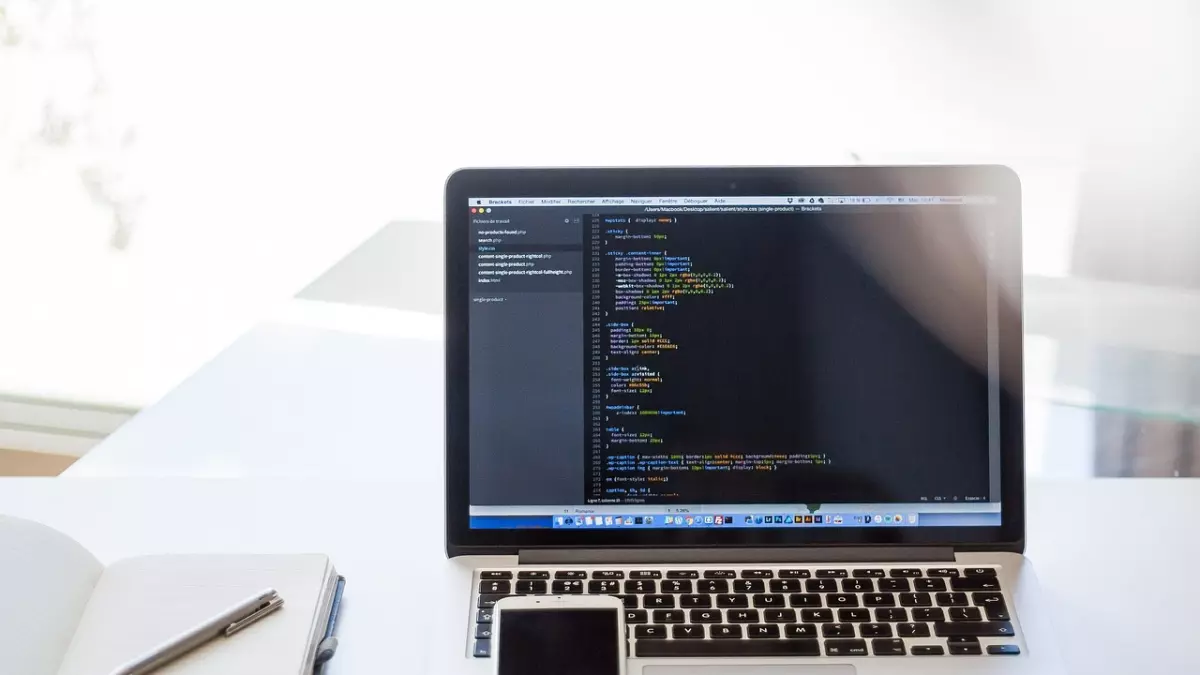Code That Moves
Robots may look like futuristic machines, but without the right programming language, they're just fancy paperweights. So, which language should you choose?

By Isabella Ferraro
Programming languages are the backbone of robotics. They tell the robot what to do, how to move, and how to interact with its environment. But here's the catch: not all programming languages are created equal. Some are better suited for certain tasks, while others are more versatile. So, how do you pick the right one for your robot?
In robotics, the choice of programming language can make or break your project. Whether you're building a simple robot to fetch your coffee or a complex autonomous system that navigates through a maze, the language you choose will determine how efficiently your robot performs. Let's break down the most popular programming languages in robotics and why they matter.
Python: The All-Rounder
Python is the Swiss Army knife of programming languages. It's easy to learn, has a massive library of tools, and is widely used in robotics. Its simplicity makes it a favorite among beginners, but don’t let that fool you—Python is also powerful enough for advanced robotics applications. From controlling sensors to processing data, Python can handle it all.
One of the reasons Python is so popular in robotics is its integration with ROS (Robot Operating System). ROS is a framework that helps robots communicate and perform tasks, and Python works seamlessly with it. So, if you’re working with ROS, Python is a no-brainer.
C++: The Speed Demon
If Python is the all-rounder, C++ is the speed demon. Known for its performance and efficiency, C++ is often used in robotics for tasks that require real-time processing. Think of it like this: if your robot needs to make split-second decisions—like avoiding obstacles or catching a ball—C++ is your go-to language.
While C++ is more complex and has a steeper learning curve than Python, it offers greater control over hardware and memory management. This makes it ideal for robots that need to perform high-speed calculations or interact directly with hardware components.
Java: The Enterprise Choice
Java might not be the first language that comes to mind when you think of robotics, but it’s a solid choice, especially for large-scale projects. Java is known for its portability, meaning your code can run on almost any platform. This is a huge advantage if you’re working on a robot that needs to operate across different environments.
Java’s object-oriented nature also makes it easier to manage complex systems. If your robot has multiple components that need to work together—like sensors, actuators, and control systems—Java can help you keep everything organized.
MATLAB: The Math Whiz
MATLAB is the go-to language for robots that need to crunch numbers. It’s widely used in academia and research for tasks like simulations, data analysis, and control system design. If your robot needs to perform complex mathematical calculations or model its environment, MATLAB is the tool for the job.
However, MATLAB isn’t as versatile as Python or C++. It’s more specialized and is often used in conjunction with other languages. So, while it’s great for specific tasks, you’ll likely need to pair it with another language for a complete robotics project.
Lisp: The Old-School Genius
Lisp might be an oldie, but it’s still a goodie in the world of robotics. Known for its flexibility and ability to handle symbolic computation, Lisp is often used in AI and robotics research. It’s particularly useful for robots that need to learn from their environment and make decisions based on that data.
While Lisp isn’t as popular as it once was, it’s still worth considering if you’re working on a project that involves artificial intelligence or machine learning. Just be prepared for a bit of a learning curve—it’s not the easiest language to pick up.
Which One Should You Choose?
So, which programming language is the best for robotics? Well, it depends on what you’re trying to achieve. If you’re just getting started, Python is a great choice because of its simplicity and versatility. If you need speed and control, C++ is your best bet. For large-scale projects, Java’s portability and structure make it a solid option. And if you’re diving into research or AI, MATLAB and Lisp are worth exploring.
Ultimately, the best programming language for robotics is the one that fits your project’s needs. And hey, why stop at just one? Many robotics projects use a combination of languages to get the job done. So, don’t be afraid to mix and match!





